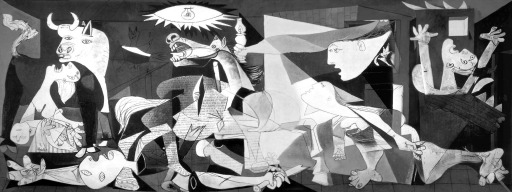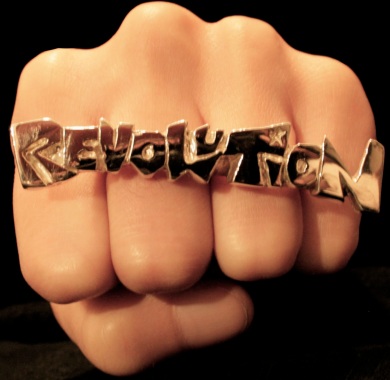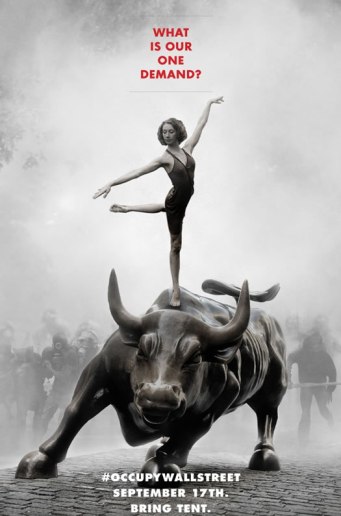By Anita Stewart for Challenging the Rhetoric and Wise Women Media
Ever since humankind hunted and gathered; even during those harshest of times, humans reached out to each other. They communally drew stick figures on cave walls, beat primitive drums, sang, chanted, weaved and used pigments on their bodies to transform themselves into their elusive gods and goddesses during many rituals.
Creative expression flows from artistic people.. Children especially seem to be open to their own creativity and access their artistic urges with the purest of souls allowing their creations to form and be expressed in uninhibited ways. A perfect example of this at work is easily seen by observing children at play.
Throughout history the power of visual images has been widely used to represent rebellion, political struggle, revolution, power, war, humankind’s inhumanity to others, inequities and very dark moments. But art can also reflect peace, joy, religious beliefs, faith, the afterlife, love, sex, passion, beauty and the world around us.
- It communicates beliefs and expresses ideas
- It releases us and provides therapy and healing
- It is a natural human behavior
- It tells our story, unique to each of us
- It is meant to be shared with others
Corporatism And The Big Sell-Out
Any artist can capitalize by selling-out to corporatism by stifling their own individual freedom of expression and creating bastardized products for money. We see this often within the music industry where many low [or no] talent people are groomed into stars; their music engineered in a studio and mass marketed to make lots of revenue for the corporate overlords.
Reverend Bruce Wright, on the President’s Commission for Ending Homelessness, Chair of the Green Shadow Cabinet says,
“When the corporate world took over the music, it (music) became a corporate thing…Hip Hop and Punk has always been music aboutrebellion…Punk Rock is about rising up against the system…music has always led the way to revolution…if we do not stand against tyranny, it will make listening to this kind of music illegal…we need to fight the system and take it down.”
What Is Creative Expression’s Place In Our Struggle?
Artist and author Janelle Treibitz says we must do three strategic things for cultural resistance …
- Subvert, co-opt or reclaim the dominant culture
- Build our own movement culture
- Use cultural elements to give power to our outreach, actions, events and other key strategic processes.
Iconic images stay with us. Think of Guernica, a cubist representation of war painted by Picasso. The photograph of the ballerina doing the arabesque on top of the sculpture of the bull at Occupy Wall Street; an image that came to be known as the representation of the Occupy Movement around the world.
Audio art works the same. That song we heard on the radio with the incredible hook soon becomes an ear-worm; we can’t stop singing it and the lyrics get replayed over and over in our brains.
Even in humankind’s darkest moments, art and creative expression — whether we are creating it or enjoying it, shows us a slice of the beauty of beyond. Beauty inside and outside of us all, wherever that or we may be. Creating gives us hope and brings us peace; hope that our expression has impact; and peace in the mere act of doing something. We all create in our own ways and our creations do have impact, whether that impact is for the greater good or is for selfish reasons is always a personal decision of the one creating and sometimes the price paid isn’t the one hanging on the tag.



No comments:
Post a Comment